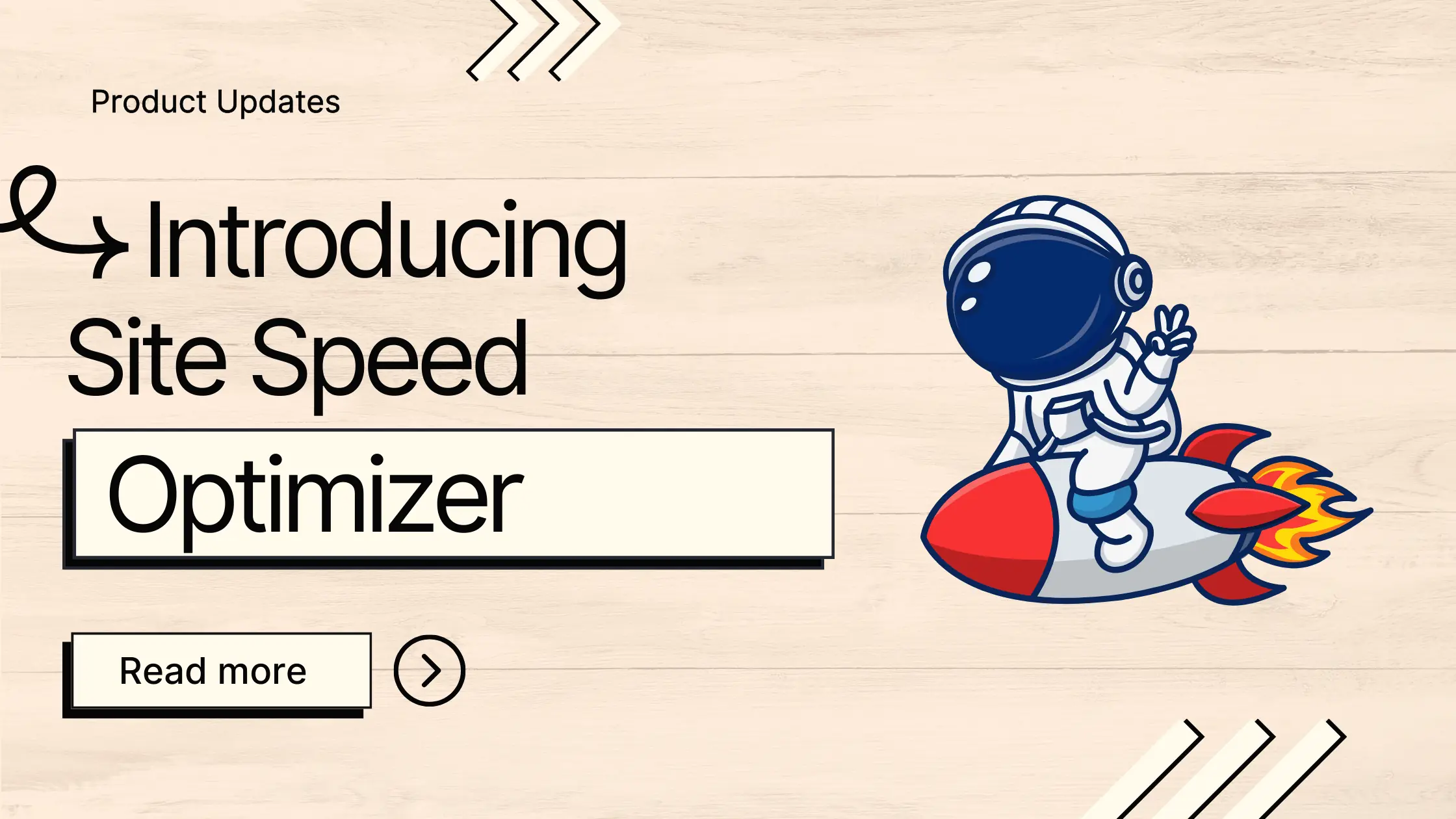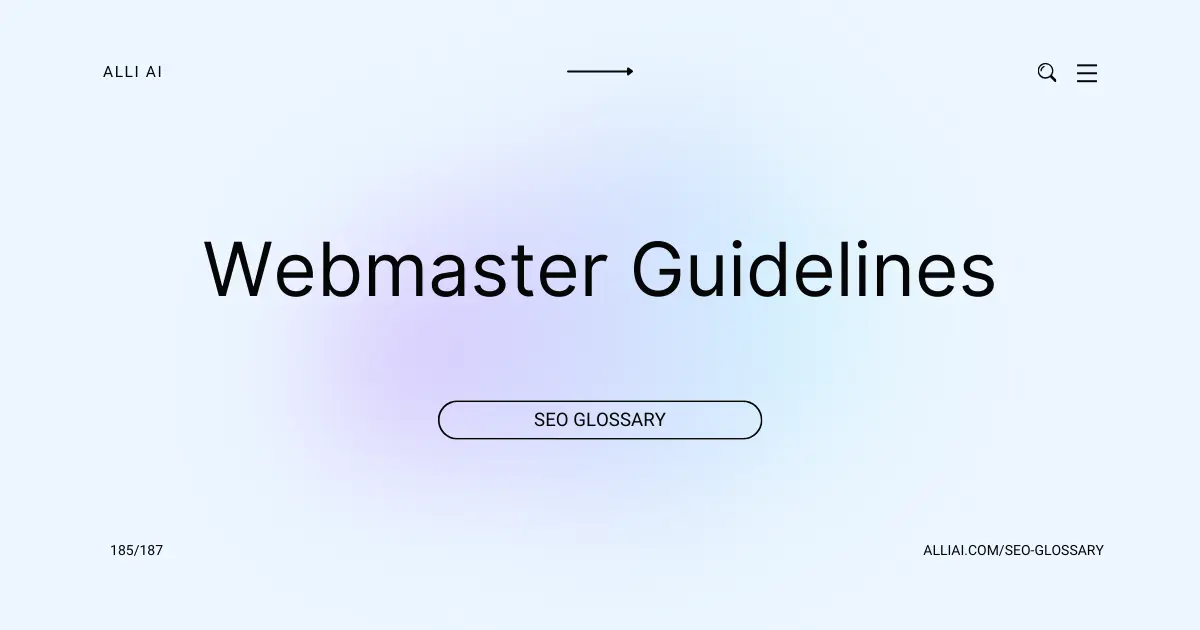What Does Position Tracking Mean?
Position tracking in SEO refers to the process of monitoring the rankings of a website’s keywords in search engine results pages (SERPs). It involves tracking the positions of keywords to see how well a website is performing for specific search terms over time, helping to assess the effectiveness of SEO strategies and identify areas for improvement.
Where Does Position Tracking Fit Into The Broader SEO Landscape?
Position Tracking, also known as rank tracking or SERP tracking, is crucial in SEO for monitoring the performance of targeted keywords related to your website or business across different search engines. It provides insights into how well a website ranks for specific keywords over time, which in turn helps in assessing the effectiveness of SEO strategies.
Fit into SEO: Position Tracking fits within the ongoing SEO process primarily by helping businesses and marketers understand their search visibility. It is a key performance indicator that informs various aspects of SEO strategy such as keyword optimization, content effectiveness, and competitive analysis. This data is used to refine SEO tactics, aiming to improve or maintain search engine rankings, and thus increase organic traffic.
Link with Other SEO Tasks: The insights gained from position tracking directly influence other critical SEO tasks including on-page optimization, off-page optimization, and technical SEO improvements. It helps identify which pages need more SEO attention or which content types are performing well. Moreover, understanding ranking fluctuations can guide link-building strategies and highlight potential issues that may arise from algorithm updates or technical flaws on a website.
Benchmarking and Competitor Analysis: Position Tracking enables SEO professionals to benchmark their site’s performance against competitors. By analyzing competitor rankings for similar keywords, you can better understand their strengths and weaknesses and adjust your own strategies accordingly.
Impact on SEO Adjustments: Regular position tracking allows for the adjustment of SEO strategies based on current performance. This proactive approach aids in responding to changes in search engine algorithms and evolving market trends, ensuring that the website remains competitive and visible to relevant audiences.
In summary, Position Tracking is integral to successful SEO because it provides essential data that influences decision-making and strategy refinement across various facets of search engine optimization.
Real Life Analogies or Metaphors to Explain Position Tracking
Position tracking in SEO is like a digital GPS for your website. Just as a GPS tracks the route and position of your car amidst a network of roads, position tracking monitors where your website stands in the massive network of search engine results.
Think of it as a gardener tending to various plants; each keyword is a different plant in the garden of the search engine. Position tracking helps you understand which plants are thriving and blooming (ranking well) and which ones need more attention to grow (improve their ranking).
It’s like being a weather forecaster for your website’s visibility storm, predicting how changes in SEO strategies will affect your site’s ranking in the search results, akin to predicting rain or sunshine.
In sports terms, position tracking is the scoreboard that shows you how well your team (website) is playing in the league (search engine results) against other teams (competitors).
Imagine it as checking the stock market; just as investors track stock performance to decide their buying or selling strategy, you use position tracking to decide your SEO strategies based on how your keywords are performing.
How the Position Tracking Functions or is Implemented?
1. Keyword Setup: Users input keywords they want to track in the tracking tool. This list of keywords is specific to the user’s business or interests and aligns with their SEO strategy.
2. Competitor Analysis: Users can also input competitor websites to compare and track their keyword positions relative to their own.
3. Search Engine Selection: Users select which search engines (like Google, Bing, etc.) and which versions (country-specific like Google.co.uk) they want to track.
4. Location and Device Configuration: Users specify the locations (country/city) and devices (desktop, mobile) for which they want to monitor keyword rankings.
5. Frequency of Tracking Updates: The frequency of rank checking can be set, which can be daily, weekly, or at another interval. This setting determines how often the tool will search for the current position of the keywords.
6. Data Collection: The tool queries the selected search engines using the specified keywords and records their positions. This involves either scraping search engine results or using APIs to fetch ranking data.
7. Rank Analysis: The tool analyzes the collected data to determine the position of each keyword on SERPs. It checks if the keyword appears in the top 10, top 20, top 100, etc.
8. Reporting and Visualization: The position data is processed and presented in a user-friendly interface, typically through graphs, charts, and tables. Changes in positions are highlighted, and insights/summaries are provided.
9. Alerts and Notifications: Users can set up alerts for significant changes in keyword positions (e.g., entering or leaving top 10 positions).
10. Historical Data Tracking: The tool stores historical data, allowing users to analyze trends over time to assess their SEO strategies’ effectiveness.
11. Integration with Other Tools: Data from the position tracking tool is often integrated with other SEO tools for a comprehensive analysis, such as backlink checkers, analytics services, or CRM systems.
Impact Position Tracking has on SEO
Position Tracking helps monitor a website’s visibility and ranking on search engines for targeted keywords, enabling you to adjust strategies for better optimization. By tracking changes and trends over time, you can identify what works and what doesn’t in terms of on-page SEO, backlinks, and content updates. This directly affects SEO performance by allowing you to optimize your efforts effectively to increase search engine ranking. Improved rankings can lead to increased organic traffic, enhancing both the quantity and quality of visitors to the site.
Furthermore, understanding keyword positions can help tailor content to user intent, improving the user experience. Websites can better meet visitor expectations by providing relevant, timely content, which can improve engagement rates, reduce bounce rates, and ultimately, convert leads into customers. Clear visibility in rankings can also reveal competitive insights and market trends, allowing for strategic adjustments to maintain or improve search engine positioning.
SEO Best Practices For Position Tracking
1. Choose the right keywords:
– Use keyword research tools (such as Ahrefs, SEMrush, or Google Keyword Planner) to identify relevant, high-search-volume keywords for your industry.
– Segment keywords by intent (informational, transactional, navigational) to better match user queries.
2. Set up Position Tracking:
– Select a tool for position tracking, such as SEMrush, Ahrefs, or Moz.
– Enter your domain and the specific keywords you want to track.
– Choose the geographical location and device type (desktop or mobile) for accuracy in tracking.
3. Optimize on-page elements:
– Ensure that title tags include main keywords and are under 60 characters.
– Craft meta descriptions with keywords and compelling copy to maximize click-through rates.
– Use header tags (H1, H2, H3) to structure content clearly, incorporating target keywords appropriately.
4. Create quality content:
– Produce original, valuable content that answers user queries effectively.
– Incorporate keywords naturally into the content, focusing on a good user experience.
– Use multimedia (images, videos) and optimize them with alt tags and descriptions to help with visibility.
5. Build a healthy backlink profile:
– Aim for quality over quantity: acquire backlinks from high-authority, relevant websites.
– Use natural anchor text for backlinks and diversify your link sources.
– Regularly check your link profile for toxic links and disavow them using Google’s disavow tool if necessary.
6. Monitor and analyze your rankings:
– Regularly check your keyword rankings using the position tracking tool.
– Analyze fluctuations and identify trends to understand what works or needs improvement.
– Adjust your SEO strategy based on analytical insights, focusing on keywords that might need more effort.
7. Optimize site performance:
– Enhance website loading speed using tools like Google PageSpeed Insights.
– Ensure your site is mobile-friendly, utilizing responsive design.
– Improve user experience (UX) by optimizing navigation and interface elements for better engagement and lower bounce rates.
8. Update and refresh content:
– Periodically update old content to keep it relevant and fresh for search engines.
– Re-optimize content with newer keywords or improved information based on current trends and insights.
– Add new sections or content types to enrich existing pages and provide more value to visitors.
9. Engage in continuous learning and adjustment:
– Stay updated with the latest SEO trends and algorithm updates from search engines.
– Continuously test different SEO tactics and tools to find what best works for your specific niche and audience.
– Incorporate feedback and analytics to refine your SEO strategies continually.
Common Mistakes To Avoid
1. Not Defining Clear Goals: Ensure that position tracking aligns with specific business objectives like increasing local traffic, targeting new markets, or improving product-specific visibility.
2. Ignoring Local SEO: Utilize tools that support geo-specific rankings, especially for businesses relying on local traffic. Include relevant local keywords and regional nuances in your tracking.
3. Focusing Solely on High-volume Keywords: Balance high-traffic keywords with long-tail keywords, which often convert better and face less competition.
4. Overlooking Competitor Strategies: Monitor competitors’ keyword performance to identify threats and opportunities, adapting your strategy to maintain competitive advantage.
5. Neglecting Search Engine Updates: Stay updated with changes in search engine algorithms, and adjust your tracking and SEO strategies accordingly to avoid losing rankings.
6. Inconsistent Monitoring: Regularly check keyword rankings and SEO performance to promptly address any downtrends or capitalize on upward movements.
7. Using Inaccurate Tools: Choose reliable, industry-recognized SEO and tracking tools that provide accurate and comprehensive data.
8. Relying Heavily on Automated Insights: While automation is useful, couple it with human analysis to interpret context, nuances, and irregularities that software might miss.
9. Ignoring Mobile Rankings: With mobile traffic increasing, include mobile-specific keyword performance in your tracking, adapting SEO for mobile-first indexing.
10. Overemphasis on Rank Position Only: Consider other metrics like click-through rates, page views, and conversion rates for a holistic view of SEO performance.





